What is a Forest?
Hands up everybody who spontaneously said “Something with a lot of trees in it.”

Strange, isn’t it, how much we take certain things for granted without ever thinking much about them. Forests are there – because they have always been there, haven’t they?
This is an idea that probably still lurks around in many people’s heads: that forests are the land that was left standing when everything around them was turned into wheat fields or supermarket car parks.
As far as Europe is concerned, this may have been true in the Middle Ages (minus the supermarket car parks). Forests then were truly scary places, full of dense underwood, predatory wild animals, fairies, elves and witches.
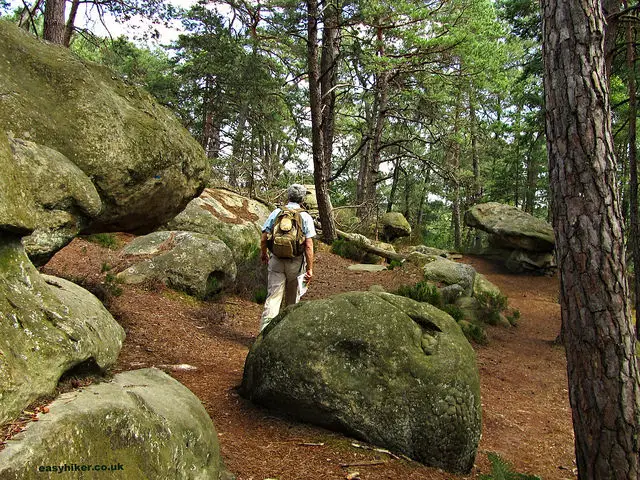
Today, if you want to see what a truly untouched, primeval forest looks like, you have to travel to the sub-arctic areas of Canada or Russia and the tropical rain forests of Brazil.
Most forests in the temperate zones – outside the reservations of the “National Parks” – are best thought of as “tree farms”. Unromantic, I know, but true.
Still, there are differences, and they are mainly the results of different farming methods.
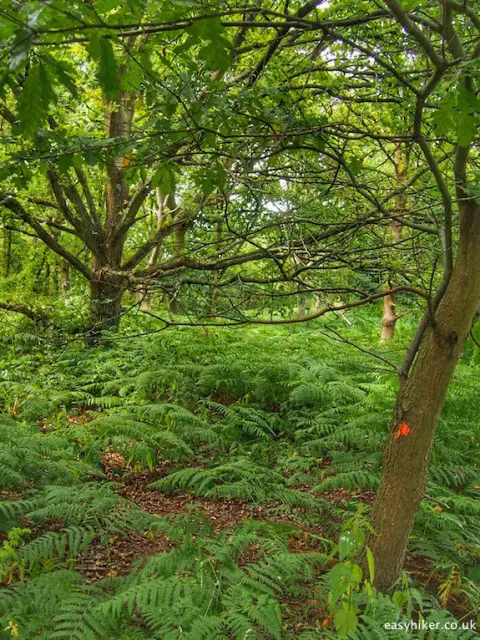
Through most of our recent history, forests were harvested like corn fields, hundreds of acres at a time. This is known as “clear-felling” and the forestry equivalent to a plantation economy: you need a lot of land for it, a large workforce, resources that enable you to manage your forest on an industrial scale.
In the early 18th century, less grand owners – at the time, this meant: minor aristocrats – realized that there was an alternative to this kind of forest economy, that you could also manage your forests by harvesting smaller numbers of trees in different parts of the forest, selling these trees individually rather than in bulk.
In 1713, Hans-Carl von Carlowitz published his book “Sylvicultura Oeconomica”, and the idea of sustainable forestry was born.
Over time, von Carlowitz’s ideas developed into the modern concept of the “Dauerwald” – literally the “permanent forest”, but English literature generally uses the original German word – which is characterized by a mix of different tree species and ages.
For the owner of the forest, Dauerwald management generates a range of palpable benefits: a more consistent cash flow, lower financial risks, fewer manpower requirements.
It is only more recently that other advantages of the Dauerwald have come into focus. For one, its gentler use of natural resources – smaller pieces such as branches can be sold in small quantities to local furniture and fence makers rather than the wood chopping industry – is more in tune with the times, and the mix of different tree species and the presence of older trees have allowed rare birds and insects to settle.
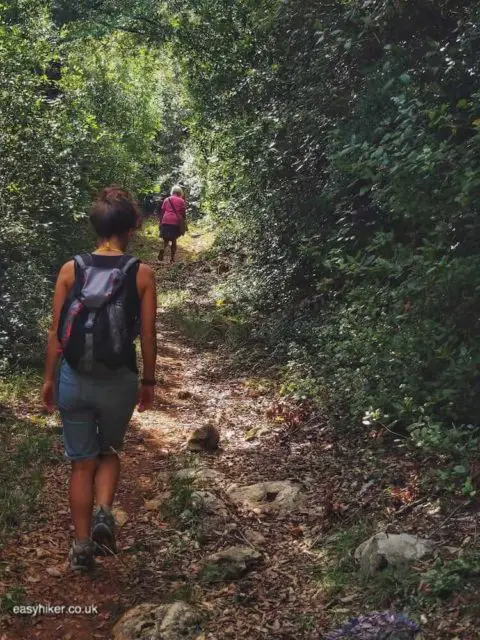
Above all, however, the Dauerwald is much better prepared to meet the challenges of climate change. The gradual rise in temperature and the ongoing changes in annual rainfall patterns are threatening spruce and pine trees. They may disappear altogether from the forests of the temperate zones by the middle of this century, so new species must be subjected to extended trials and tentatively introduced.
Von Carlowitz would be surprised at the modern interest in his ideas. The challenge of his day and age was the lack in building materials for a country that was still suffering from the catastrophic consequences of the Thirty Years War, not climate change.
But that’s what good ideas sometimes do: they come back to pop up in the most unexpected of contexts.


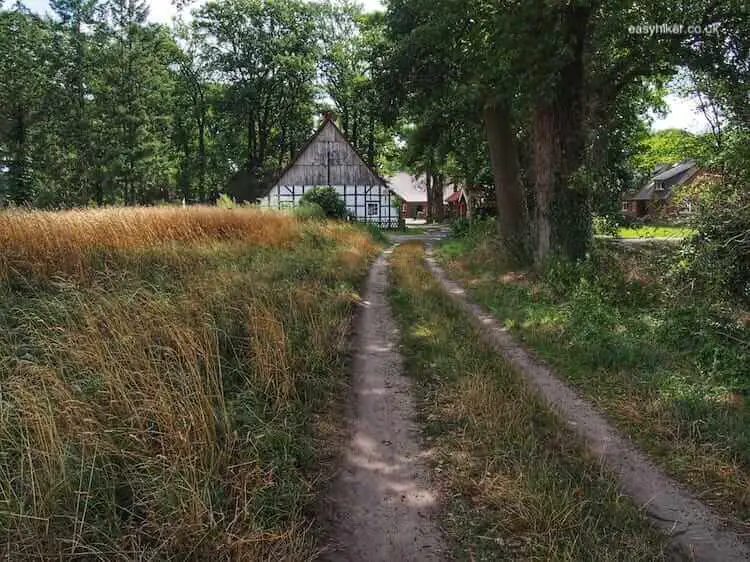
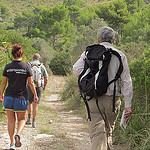

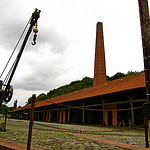
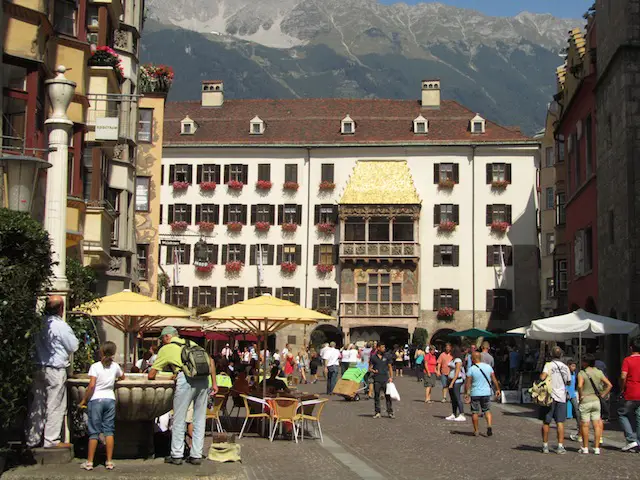
I learnt that forests are not meant to contain only trees and animals but some witchcraft also
Great information and history here. I’ve always been hesitant to say we’re in a forest when hiking at the US National parks now I can just say tree farms and it sounds a bit better. I would have shot my hand up too for lots of trees. Beautiful hikes.
Glad you did learn something new today, Marcia.
A book that was written in 1713 still has relevance today. Impressive.
Incidentally, I’m one of those who thought forests were places covered in trees and dense brush where all kinds of things – insects, animals, scary people live. But they’ve always fascinated me. As I drive around Jamaica, our tree farms are quite small but I’ve always wondered what it’d be like to be the second person to venture in. See, I’d have to be the 2nd or 3rd, I’m too much of a scaredy cat to lead the charge! I learned something new today.
Great post…I never knew, or thought about, any of these policies….
As I read this, I’m looking out at a forest, well… a little forest, anyway, across the street. Or tree farm, more likely. Luckily, we have lots of real forests here, as well – old and new. Interesting article.
I found out late in life that what we usually call forests are actually plantations. I was particularly saddened to find that most of the ancient tress in the UK were felled during the First World War.
I find it interesting that ideas we think are very current have actually been around for 100’s of years! Do we really have original ideas no days or just improve on existing thought? I do love forests though!
Learn something new everyday, Jeremy.
I totally agreed with Bill Bryson in that book too, Ted. It is a sad fact. Hopefully, the US parks’ policy has changed.
Good information! I definitely would have given the answer about lots of trees. I knew that wasn’t technically correct but I didn’t know the actual definition. Great to learn about the actual history of forests and how they came into existence. I didn’t realize there weren’t that many actual forests.
This post reminds me of the song If a tree falls by Bruce Cockburn. He sings, “If a tree falls in the forest, does anybody hear, anybody hear the forest fall.”
This post also reminds me of Bill Bryson’s book about hiking the Appalachian Trail. He criticizes the American notion of conservation and our either all or nothing approach to the forest. It seems we either clear cut or save it as a wilderness. This approach has changed in recent years with greater emphasis on sustainability.
I was dimly aware of forests being hunting preserves. Thanks for dropping by.
To be strictly correct (and horribly pedantic!) a ‘forest’ was originally a Royal hunting preserve … not necessarily wooded. If it belonged to the a commoner rather than the King, it was a ‘chase’
But, I will accept that the meaning has changed over the years; my father used to be a forester.
Oh, I should also mention that I’ve been to northern Germany. You guys have some beautiful forests!
Great post! I’m lucky to live in Canada, and can say that there are forests that are very close to Toronto that may not be “untouched”, but have been without visitors for many many years. A lot of the province is protected by the Crown which makes it next to impossible for developers to destroy the forests. Since so many people lean towards beaches and ski hills for vacations, Crown Land remains fairly untouched, and a great spot for camping!